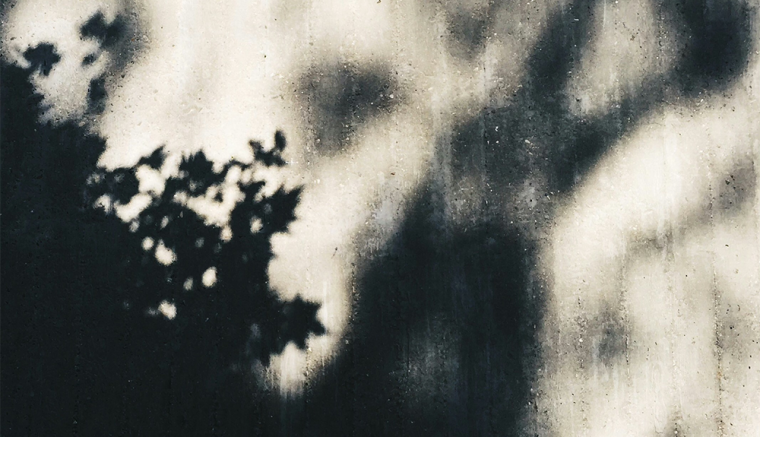In our Craft Capsules series, authors reveal the personal and particular ways they approach the art of writing. This is no. 247.

I frequently look to poetry as an act of precision, a curating of language that calls for specificity in addition to brevity. As a reader, I’m seeking some kind of distilled experience that leads me to a new truth or understanding, or a way of seeing old truths in new, startling ways. As a writer, I’m attempting to replicate the internal through an external process, which is not the same as merely reporting it. Something happens between peering inward and connecting one’s experiences or feelings to language, something catalytic. That middle space is my most beloved part of the writing process—it holds an energy I crave and delight in.
Knowing this process and knowing my goals and interests as a writer and reader of poetry, it was both illuminating and challenging to be in the midst of writing my first poetry collection, no swaddle, and to realize I was attempting to be precise about an internal landscape that was thoroughly muddy and uncertain. I was trying to find language for a space of ambivalence, for a space that lacked clarity or particular shape, for the gray area. Working from this space, one starkly contrasted with the decisiveness I normally feel when writing, I was composing poems that felt different than usual: more spiraling in nature, circular, hovering above an answer but never arriving there.
I began to consider whether it is possible to be precise about an imprecise state. And I found that to write in the midst of ambivalence is actually about witnessing both precision and imprecision, holding two possible and opposing sides of something. Unfortunately, our brains and bodies don’t really like to do this…they would much prefer to land neatly on one side to avoid suffering. But I continued to write what felt truest, which was the tangled and messy gray space, uncomfortable as it was.
Writing within ambivalence brought me close to images, as I spent a lot of time picturing myself in two different futures. In one, I remained childless. In that future, I continued to have the spaciousness and freedom that I was accustomed to. I saw myself in coffee shops, wandering through cities, attending residencies, having movie nights with my partner. I saw myself aging, sitting in silence on a front porch, watching the twin weeping cherry trees in my front yard. In the other future, I saw tiny hands clutching my finger, my partner teaching our child the names of the flowers, a 2 AM wake-up to cries, attempts to slice an onion with a roaming toddler near the stove.
I had to try to see all of it, the distinct loneliness in each path, the startling beauty, the self moving through what I will never really know until I am actually in it. Picturing became a helpful way of moving, a thread I could clutch through the fog. And it helped me to write. It helped me to see beyond my emotional space, to attach to image and explore from that angle without knowing where it would go or how I would feel.
Despite the discomfort, the exhaustion in trying to see, to name, I found such meaning in allowing myself the space to not know, and to keep writing from that tender place. I learned what so many writers already know—you don’t have to come to the page with total clarity, but the writing and imagining may show you things about yourself that help you continue to gather and distill.
Mackenzie Kozak is the author of no swaddle (University of Iowa Press, 2025), selected by Brenda Shaughnessy for the Iowa Poetry Prize. Her work has appeared in Boston Review, Colorado Review, DIAGRAM, the Missouri Review, Sixth Finch, and elsewhere. Kozak serves as an associate editor at Orison Books and works as a grief therapist in Asheville, North Carolina.
image credit: Pacific Austin






